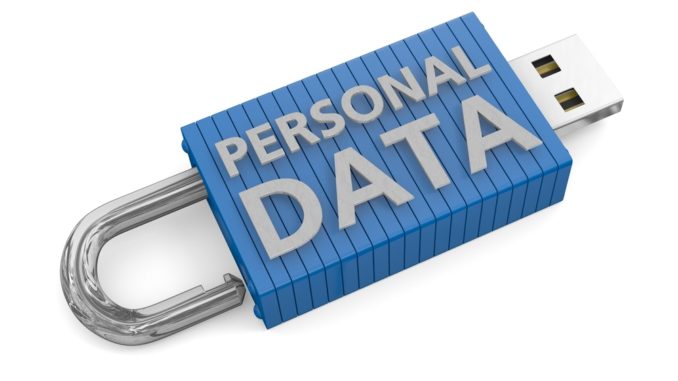
Losing personal data can leave you devastated. This is because collecting data such as contacts, film recordings and documents require you to spend a lot of your time behind your computer or device. Besides that, starting to build data from scratch is very cumbersome. The most common causes of loss of data include unintended deletion, viruses, corrupted files and malware. The good news is that you can recover your data using utility tools and software that are available on the internet. Below are some tips that can give you an edge when you want to recover lost files.
-
Give Priority to Crucial Files
While you might want to recover every bit of data that you may have lost, it’s recommended that you focus on the most crucial files first. Some of the files that you might want to recover include family pictures, videos, application data and documents such as spreadsheets and word processing folders. Application data is the easiest to recover because you only need to reinstall the app and access your details that are usually kept in a user profile folder.
If you have lost spreadsheets and word processing, you should first install a fresh copy of windows and switch to recovery mode. The good thing is that most programs come with auto recovery feature that can be configured to create backup files as you use you device.
-
Buy External Drives for Backing up Recovered Files
Although it’s possible to recover lost data, you should make sure that you don’t lose them again in future. It is therefore important to have external drives and flash disks ready before you start hunting for lost files. The good thing is that external drives and flash drives are available in different capacities. You can therefore afford to backup all your recovered files without running out of storage space.
In fact, the best option would be to store backup copies of your files in the cloud. This is due to the fact that, external drives and flash disks can be crashed by viruses and malware. When your files are stored in the cloud, you can use them from any location as long as your device is connected to the internet. The only downside to keeping your crucial files in the cloud is that you have to pay every month for the storage. But it’s just a small amount that’s affordable to most people.
-
Install Data Recovery Software
Since data is stored in form of zeros and ones, you will have to use data recovery software to get back your lost files. When you search for how to recover my data on the internet, you will realize that there are thousands of data recovery software. And although majority of them are not for free, they all feature a trial period. You can take advantage of the trial period to recover your lost files without having to pay a dime. However, you should consider subscribing for the use of such software because you never know when you might need it again.

Be the first to comment